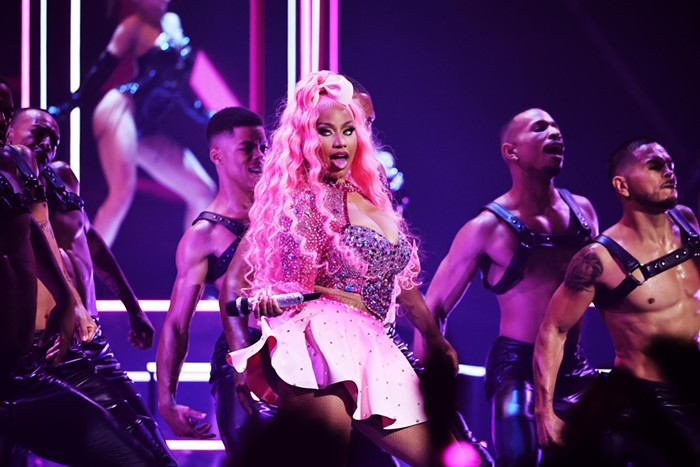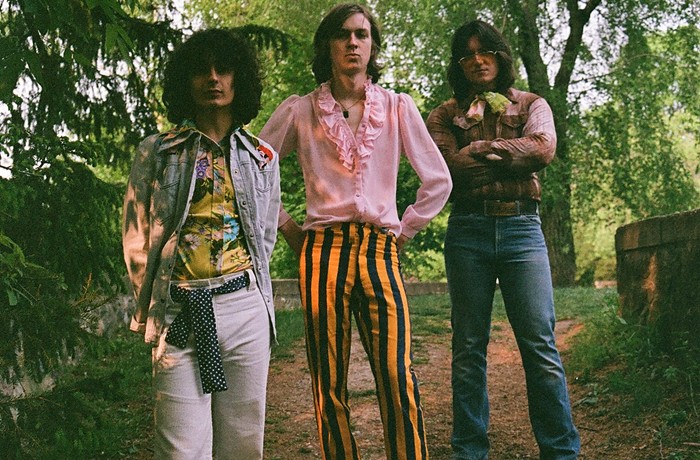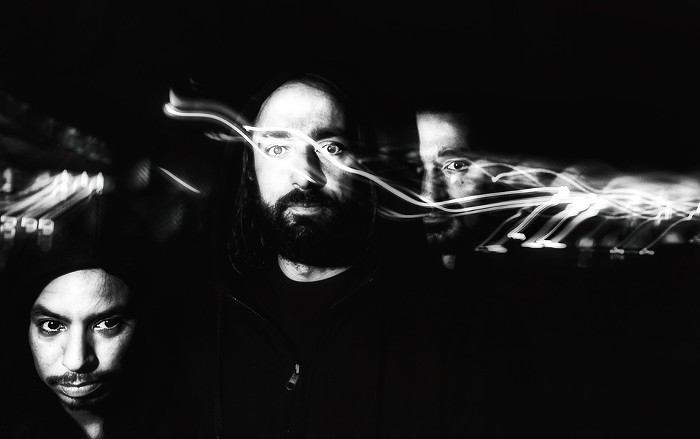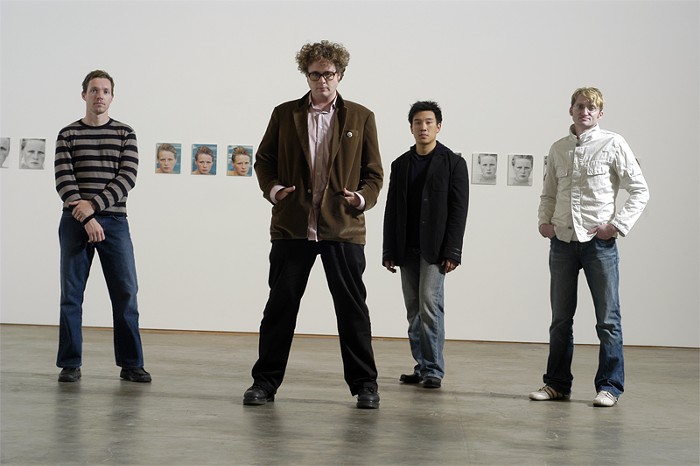Atlanta rapper Future is arguably one of rap's biggest stars in 2012, and his voice undoubtedly one of the most ubiquitous. His appeal to both the pop and street sides of mainstream rap music is largely unmatched, thanks in part to local respect gained from grinding on the mixtape circuit, but more notably because of his now-signature use of Auto-Tune—a studio effect that has already run a full course, rising to fame before overuse killed it off. Future's robotic warbles speak as equally to "the ladies" when crooning over glossy, club-ready beats (see "Turn On the Lights") as they do to people in the streets when rapping about drugs and money over aggressive Southern "trap" bangers (see "Tony Montana," the promotional blurb for which makes sure you know that he "raps under the influence of codeine and promethazine syrup with a fake Cuban accent").
In an attempt to grasp Future's rise to fame using an already-passed trend, here are a few of the most significant moments in Auto-Tune history:
1996: Engineer Andy Hildebrand had been working with an oil company interpreting seismic data from exploration. He used an autocorrelation formula to record reflections of sound waves sent into the ground, providing a map of potential drill sites. He applies this formula to vocal pitches in music, inventing the Antares Auto-Tune software plug-in.
1998: Cher's "Believe"—widely regarded as the first mainstream song to use Auto-Tune in its popular form—is released. The specific tonal effect is produced by setting the program's "retune speed" to zero, causing the output pitch to warp to the closest note instantly instead of transitioning smoothly between them. In a later interview with Time magazine, Hildebrand says he "never figured anyone in their right mind would want to do that."
2005: Floridian Faheem Najm abandons his rap career as part of the group Nappy Headz and becomes T-Pain, releasing hit singles "I'm Sprung" and "I'm N Luv (Wit a Stripper)" from his album Rappa Ternt Sanga, featuring heavily Auto-Tuned vocals. The 20-year-old (who now looks like he's approaching 40) quickly becomes a fixture in popular rap and R&B with his warbling hooks and features. He releases the album Epiphany in 2007, featuring singles "Buy U a Drank (Shawty Snappin')" and "Bartender," which lands him a deal for a signature iPhone application that Auto-Tunes the user's voice.
2008: T-Pain's trend is fully embraced by some of rap's biggest names, including Lil Wayne (whose Tha Carter III includes heavily-Auto-Tuned lead single "Lollipop") and Kanye West (who releases the left-field, minimal-beats-and-Auto-Tune-only 808s & Heartbreak). Both Weezy and 'Ye reportedly received Auto-Tune "lessons" from T-Pain. Even Harlem's Dipset heavyweights Jim Jones and Juelz Santana join up with Ether Boy Ron Browz on "Pop Champagne," one of the darkest moments in New York rap history.
2009: Auto-Tune is popularized to the point of gimmickry. "Auto-Tune the News" YouTube videos go viral, as does an Auto-Tuned version of a video featuring former Kansas City Royals third baseman George Brett telling a story about shitting his pants. Backlash ensues. Death Cab for Cutie wear blue awareness ribbons (to "try to bring back the blue note... The note that's not so perfectly in pitch and just gives the recording some soul") to the 51st Grammy Awards to protest Auto-Tune's abundant use in the industry. Jay-Z, supposedly outraged after seeing a Wendy's commercial featuring office workers wearing shades and singing in Auto-Tune about the fast food chain's new "Coffee Toffee Twisted Frosty," records "D.O.A. (Death of Auto-Tune)." Christina Aguilera wears an "AUTO-TUNE IS FOR PUSSIES" T-shirt in public.
2010—2011: Future releases several mixtapes—including 1000, Dirty Sprite, and his Free Bricks collaboration with Gucci Mane—that showcase him blending Auto-Tune pop tendencies into hard-hitting traditional Southern street/mixtape rap. His "Tony Montana" single and YC's "Racks" (which he is featured on) both break the Billboard Top 20 for US Rap, and he signs a major label deal with Epic.
2012: Future's major label debut, Pluto, is released and features new versions of "Tony Montana" and "Magic" featuring #YOLO prince Drake and Trap Muzik legend T.I. "Magic," pseudo-meme "Same Damn Time," and the anthemic "Turn On the Lights" all tear up the charts, and Pluto reaches peak positions of number 8 overall and number 2 for US Rap. Everyone from Gucci Mane and French Montana to Rihanna and Ciara feature his robot voice on their tracks. Big names like Meek Mill, Pusha-T, and an entire legion of young Chicago street rappers including King Louie, Lil Durk, and the heavy-buzzing Chief Keef adopt a trance-synth sheen and woozy Auto-Tune vocals on many of their own tracks without diverting from their usual topics. The line between pop and rap is increasingly blurred. Exactly how much of this debt is owed to Future, and how much is owed to molly (MDMA), lean (codeine-promethazine cough syrup), and Xanax—modern rap's new drugs of choice—is harder to discern. ![]()



















